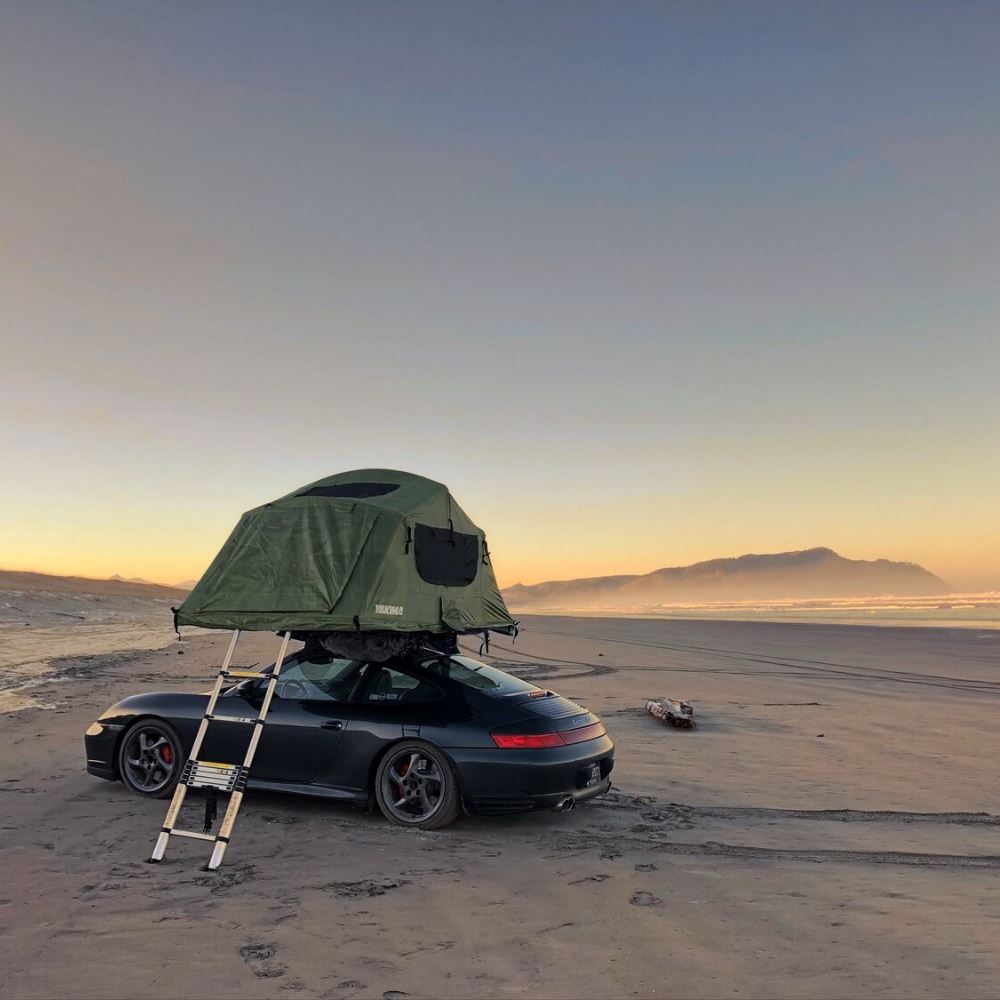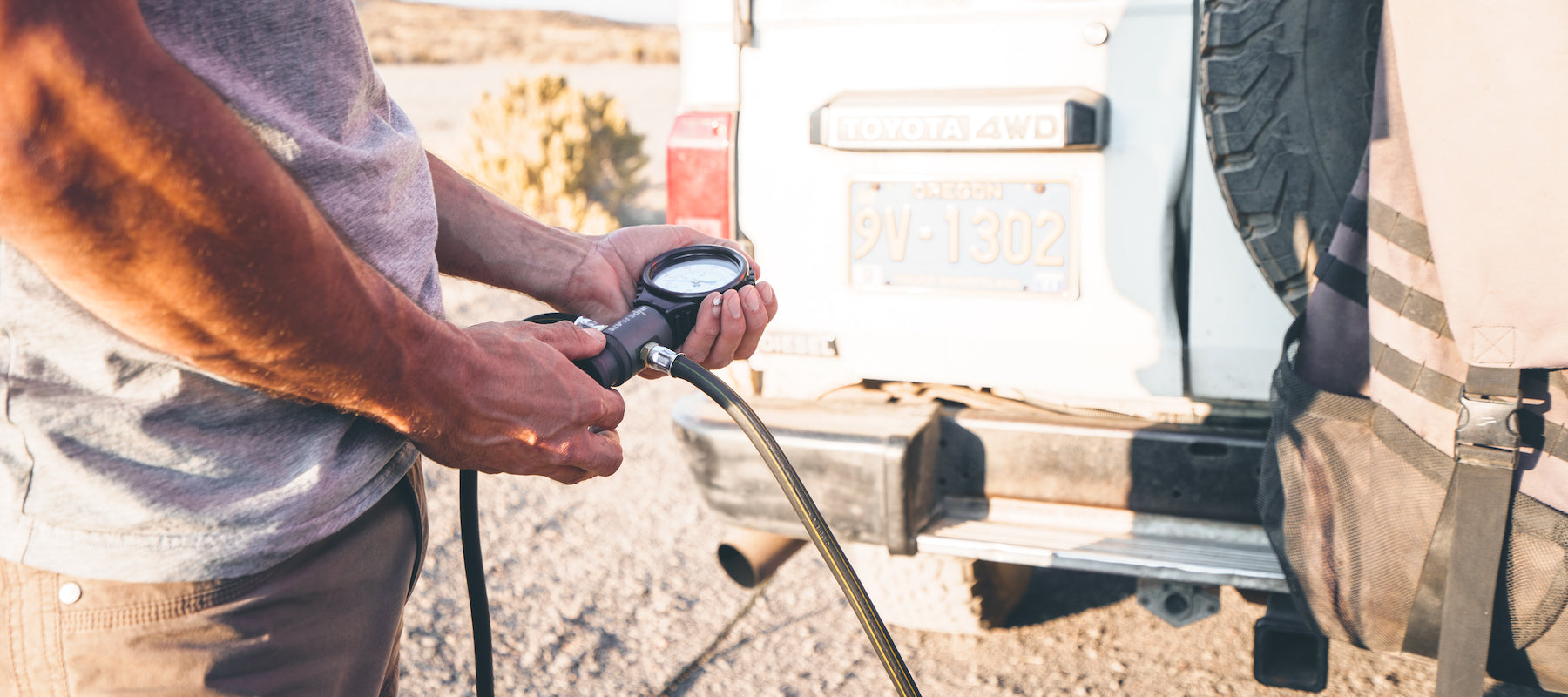Located in the middle of Australia, the Simpson Desert is one of the most iconic and isolated overlanding journeys we have. It can be up to 700km to cross with no water, fuel or any other supplies between Birdsville on the east to Mt Dare on the western side. To cross the desert means taking on the 1100 soft sand dunes with momentum sapping ruts, some of them 30 meters straight up, corrugations, dust and flies and being completely self-sufficient.
With only having 2 weeks due to other commitments, the plan was to drive to Birdsville in 3 days, spend 6 days in the desert doing a loop to the Lone Gum near the heart of the desert then head back out towards Birdsville. We allowed 4 days to limp home with an extra 2 days up our sleeve if needed. The trip would take in the biggest sand dunes on the eastern side of the park and from both directions. This would be our 3rd outing into the desert but our most difficult. We have spent years travelling through Australia from the northern tip of Cape York down to the bottom of Tasmania. Our travelling companions pulling out last minute we were left with 2 options, go somewhere easy or have the hardest, most exciting adventure yet!
The vehicle is a Y60 Nissan Patrol, 4.2 litre turbo diesel that is known for its reliability and strength. Equipped with a front diff lock, LSD in the rear, aux fuel tank, 33 inch mud tyres, 4 inch lift with heavy duty coil springs, sway bar disconnects, rear air bags, heavy duty suspension and steering control arms with chassis strengthening, our rig is well suited for overland travel.
“
If you can’t make this dune you might as well turn around and head home.
Arriving at Birdsville we stocked up with 170L of water, 180L of diesel, on top of enough food for the 4 of us for 10 days, all our camping and recovery gear, including 2 pairs of Maxtrax, winch, air compressor, high lift jack, and enough tools and spares should something unexpected break. We also carried a comprehensive first aid kit, Sat-phone, 2 spare tyres, tyre levers, patches and plugs. Estimated combined weight was about 4.5 tons.
The first dune after Birdsville is called “Big Red” and many people believe this is a challenge. For us the first real challenge is the second dune. Straight up, just as steep, a lot rougher and only one track option. If you can’t make this dune you might as well turn around and head home. With the tyres on the Patrol dropped to 14 psi and 10 in the trailer, sand flag attached, low range second gear with engine in the peak power zone we were giving it everything we had. The suspension travelling from full extension to the bump stops on every rut, we managed to drag our way to the top with sand flying and smiles all round.
The next obstacle is Eyre Creek and with recent heavy rain 100s of kilometres to the north the creek was impassable with bottomless mud. The bypass adding a extra 120km return and a extra 6 hours of driving, it was the only option. Fingers crossed we would have enough fuel to make our selected turn around point.
With the next couple of large sand dunes completed with no problem we thought the journey was going smoothly, then with a smaller and unassuming dune we were loosing power and a quick gear change sore us sinking fast. Time for our first solo recovery.
With no other vehicles around, or trees to winch off, this was going to be a test for the Maxtrax and our new clutch. With the Maxtrax dug under all 4 of the Patrols tyres it was a matter of gunning the engine and slipping the clutch and we were on our way to the top of the dune.
Later in the day with the sun heating up the sand, the dunes get softer and the driving gets slower. Average speed is between 10 to 30km/hr and the concentration needed is exhausting. One miss judged rut or miss placed tyre could mean damage to the vehicle or hours repairing it to make it out to civilisation. Stopping around 3pm is a good option to find a awesome camp site, check the car and trailer over, have a cold drink and enjoy the peace, colours and isolation of the Simpson Desert.
Two days driving sore us enter the salt pans area. Caution must be high because any moisture under the surface could see us stuck with hundreds of meters to reach solid ground with no chance of recovery. Lucky the rain further north did not run into the pans and we could continue with our plan.
With progress being so slow and multiple boggings slowing us down it was looking likely we would need another 2 to 3 days in the desert to reach the Lone Gum, south off the main crossing track and still another 100km from our location. With the Patrol and trailer going great, and plenty of food and fuel, the only factor was the water supply for 4 people. We had 50L left with a 3 day drive back to Birdsville. We had to turn around. Not disappointed with the journey or the challenge thrown our way, we were a little relieved to be heading towards home, but it was no time to relax, we were only half way through our adventure.
The next morning we awoke to two tyres very low on air. Checking the tread, sidewalls and valve, there was no signs of a problem. The only thing we could think is that running super low pressure with the weight we have and the big ruts and humps was causing air to leak from the beads. Airing up and adding a extra 2psi to each tyre we were heading east.
After crossing a large section of the worst corrugations in Australia our new CB radio decided to go haywire. With it being critical to check with on coming vehicles that cannot be seen whilst cresting the dunes, we were thankful for packing our handheld CB.
Adding extra air in the tyres and the afternoon sun baking the western face of the dunes, we were struggling late in the day. Travelling east the track had a different set of challenges. Appropriate momentum was difficult to achieve with even bigger ruts and tight turns at the near the peaks. Some dunes required using the Maxtrax 6 times to reach the top. The heat and extra work had us consuming water at an alarming rate. Water was rationed to strictly drinking only.
With Birdsville in our reach we could have pressed on to the safety of clean water and a hot shower, but knowing this would be our last night to enjoy the desert life we opted to camp one last night with a million star view; nothing to interrupt the horizon and no moon to hide a single star. Living off 8L of water was a challenge, but with only 2 dunes to cross and 60km, we were willing to sacrifice for that last perfect night.
Completing the second to last dune with no issues, it was time to tackle Big Red. The biggest dune in the desert and the western face on this dune being the steeper side for some unknown reason. There is a chicken track to the south, but we were not going to shy away from this last challenge. We watched other 4WD’s without trailers taking multiple attempts and some still could not make the crest. We aired down to 10psi all around, front Air Locker on, low range second selected and engine singing, we were sailing to the top with dusty grins and laughs all round.
We rolled into Birdsville an hour later with 1L of water, 50L of diesel, 650km of desert driving and 8 magnificent days of overlanding adventure that will never be forgotten. We tested ourselves, our gear and our truck and loved every minute. Some people have called us reckless and straight out dumb, I think those people have never faced a true adventure or pushed themselves to their limits.
You can find more of Adam’s adventures on his Instagram @goingoverland.
Images and words by Adam Romaguera



